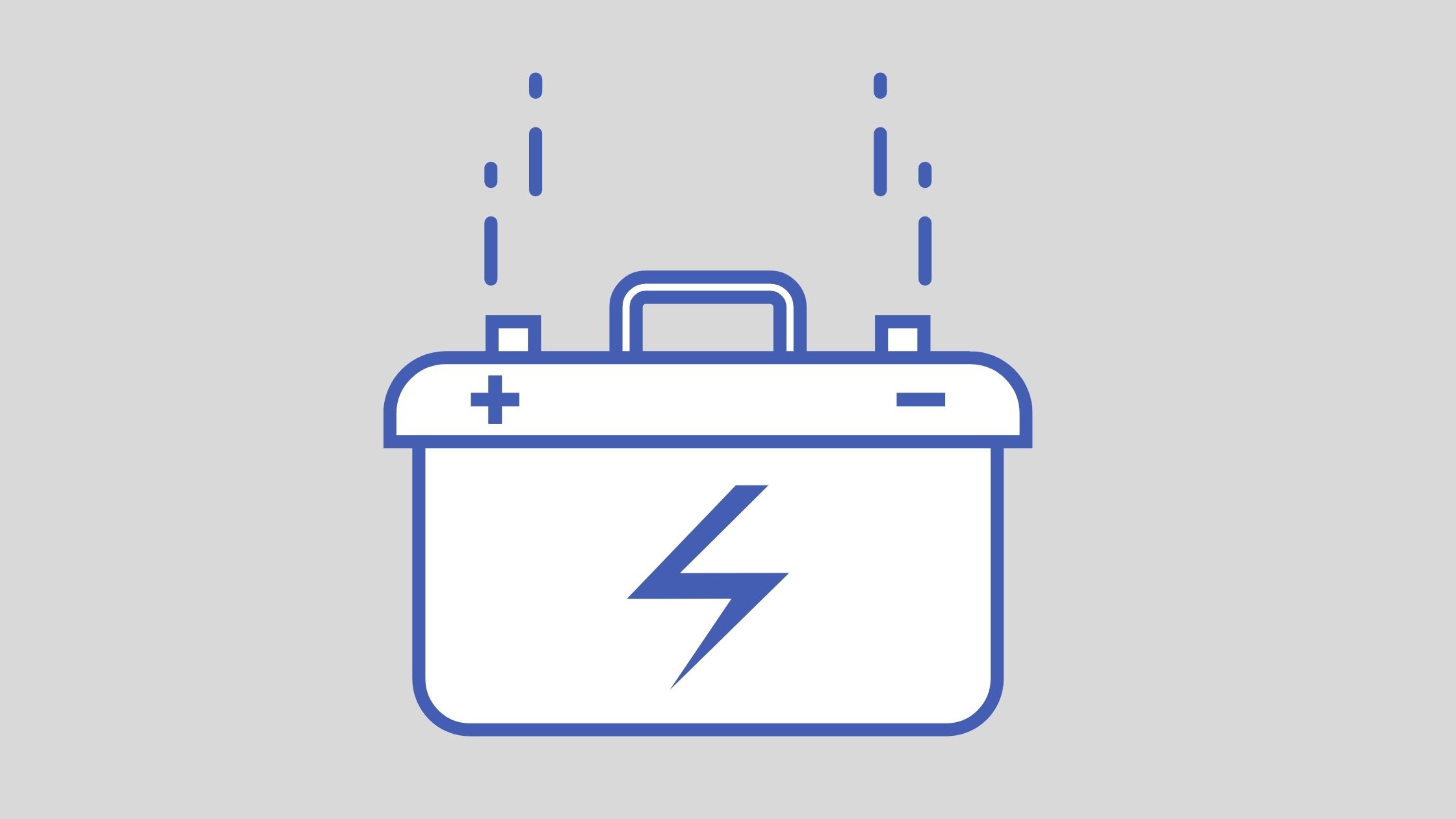A battery is an electrochemical cell that converts stored chemical energy into electrical energy. These portable power sources play a critical role in our daily and working lives, providing access to uninterruptable electricity free from the grid.
Batteries are especially crucial for business owners, powering up everything from handheld power tools to wireless computer peripherals and backup electricity supplies.
To make sure you’re getting the most out of your batteries, it’s important to understand how they work. That’s why we’ve created this comprehensive guide covering everything you need to know about batteries.
The basics of batteries & how they work
As we discussed above, batteries are electrochemical cells that convert chemical energy into electrical energy. They feature three main components—an anode, a cathode, and an electrolyte.
The anode and the cathode can be made of different materials, determining the type of battery. To function, the battery sends electrons from the anode to the cathode, passing through the electrolyte. This process works in both directions, so electrons can also flow from the cathode to the anode.
A battery’s voltage depends upon two factors—how many electrons can flow through it per unit of time, and how far they must travel to reach the other terminal.
Types of batteries & their applications
Different types of batteries serve different applications. We divide these batteries into two main groups—primary or non-rechargeable batteries, and secondary or rechargeable batteries. Some of the most common types are:
- Alkaline batteries (primary)
- Dry cell batteries (primary)
- Lithium-ion batteries (secondary)
Alkaline batteries are the most popular type on the market today. You’ll find them in a range of everyday items, including remote controls, clocks, emergency lighting, portable radios, and other devices requiring a steady power supply.
Dry cell batteries are one of the oldest battery types, developed by German scientist Carl Gassner in 1888. They’re also popularly used to power portable electronics like torches and laptops.
Lithium-ion batteries are one of the most common secondary or rechargeable batteries. During discharge, lithium ions move from the battery’s negative electrode to the positive electrode, and during recharge, the opposite occurs.
Lithium-ion batteries are popular for consumer electronics and, increasingly, military, automotive, and aerospace applications due to their slow loss of charge, fantastic energy-to-weight ratio, and lack of memory effect.
Why should businesses invest in high-quality batteries?
High-quality batteries are a must for any business that relies on electricity, whether for powering tools or keeping computer systems running. Without reliable backups and portable power, your business could lose valuable data or create a tripping hazard with jumbles of cables and cords.
Rechargeable batteries, such as D rechargeable batteries, are smart choices for businesses hoping to power electronic devices without creating extra waste.
Battery advancements and future expectations
The future of the battery industry is promising, with scientists looking into new materials that are safer and more stable than lithium or its alternatives. We can expect significant advancements in battery life, cost, and efficiency, making batteries an increasingly useful investment across industries. Solar batteries are also on the rise, offering a reliable backup power solution for environmentally conscious businesses.

